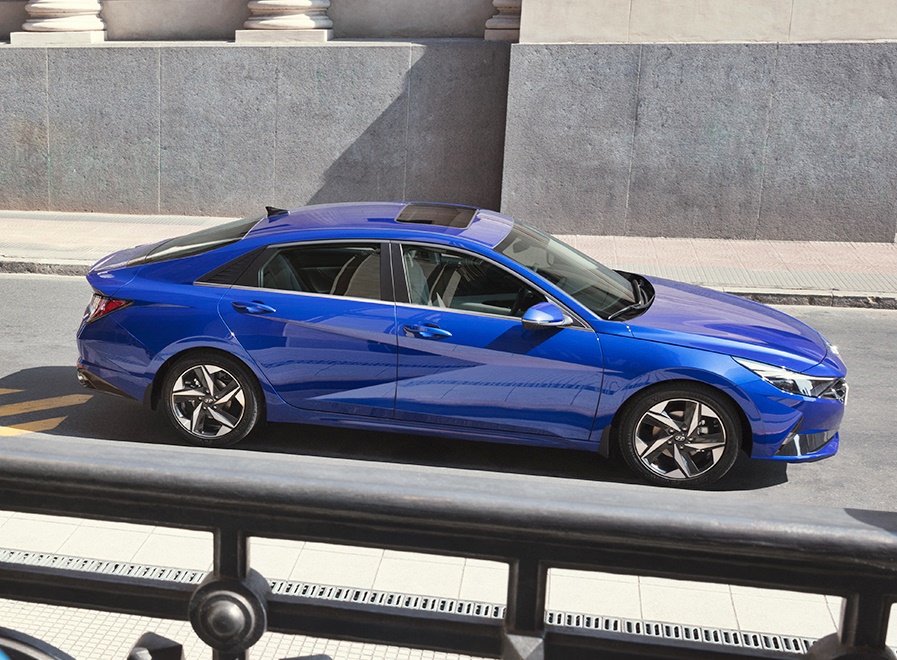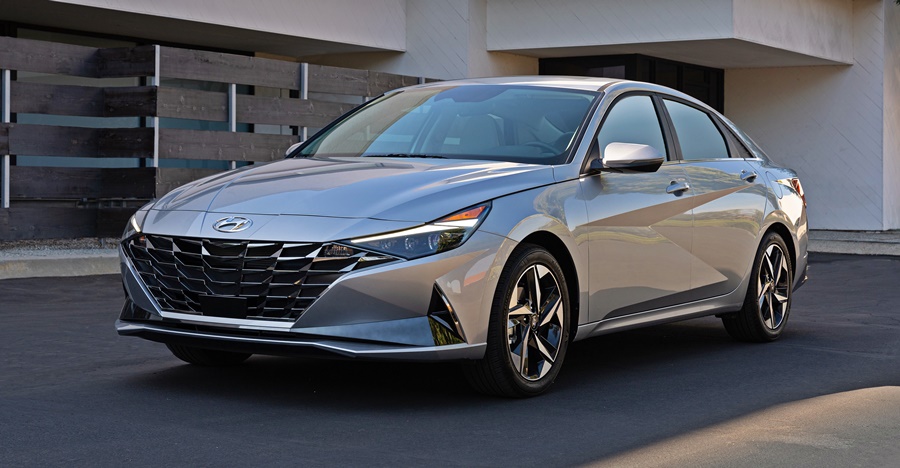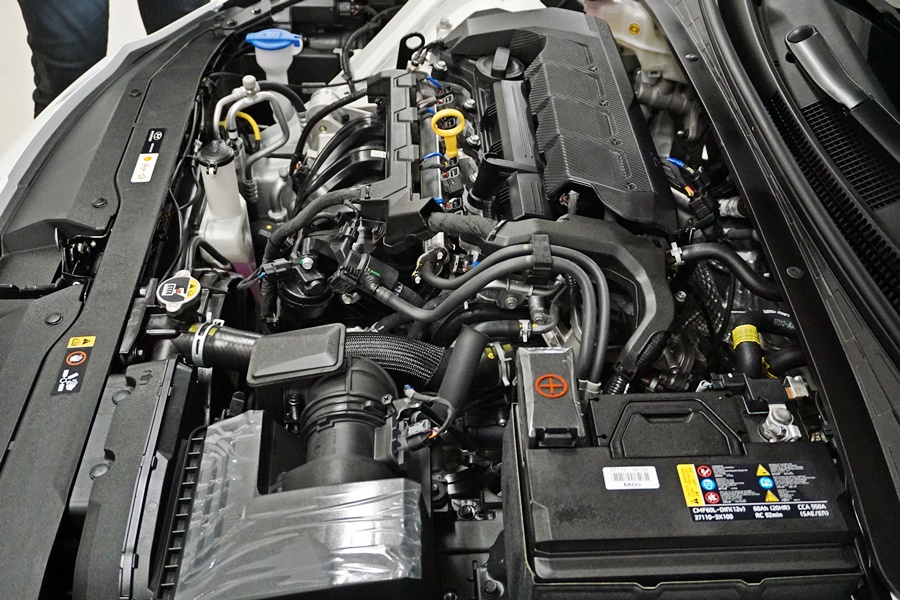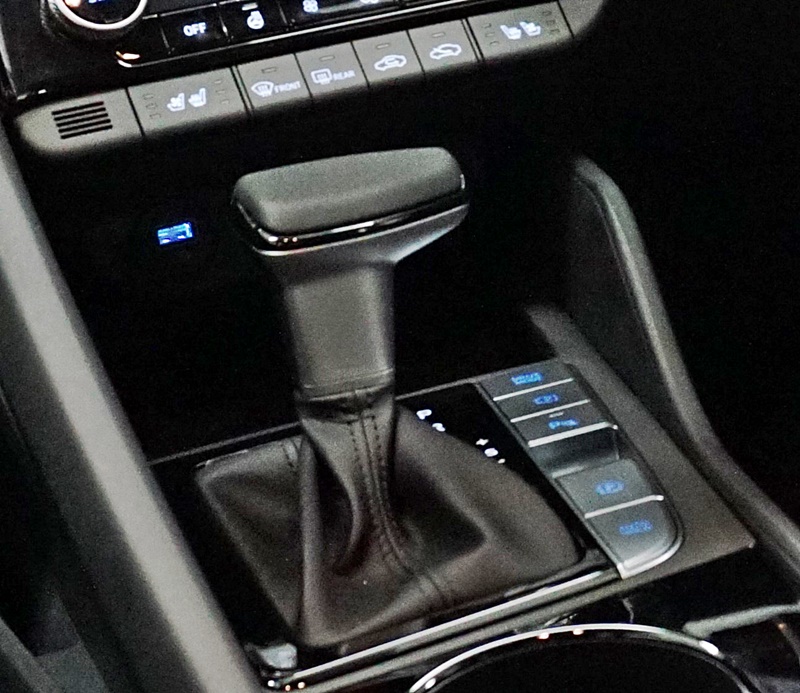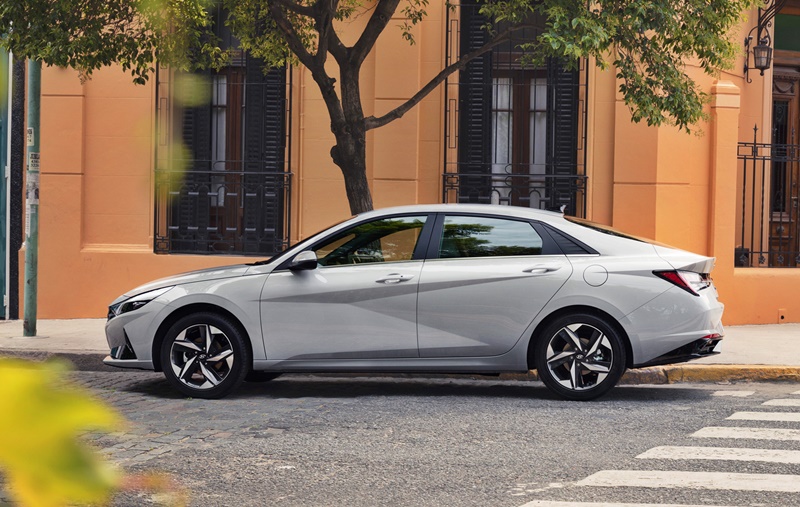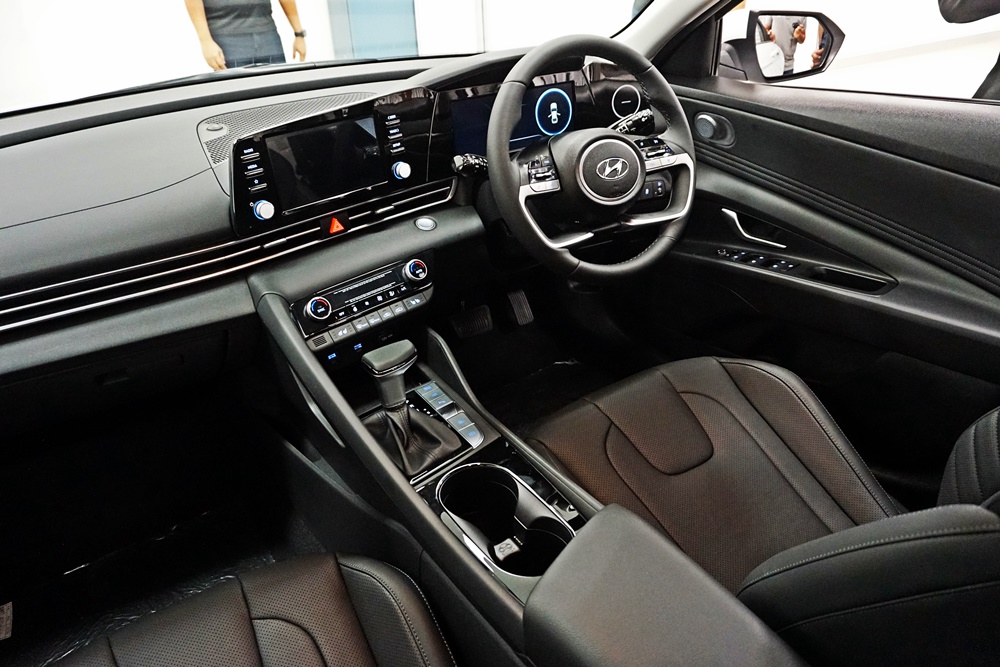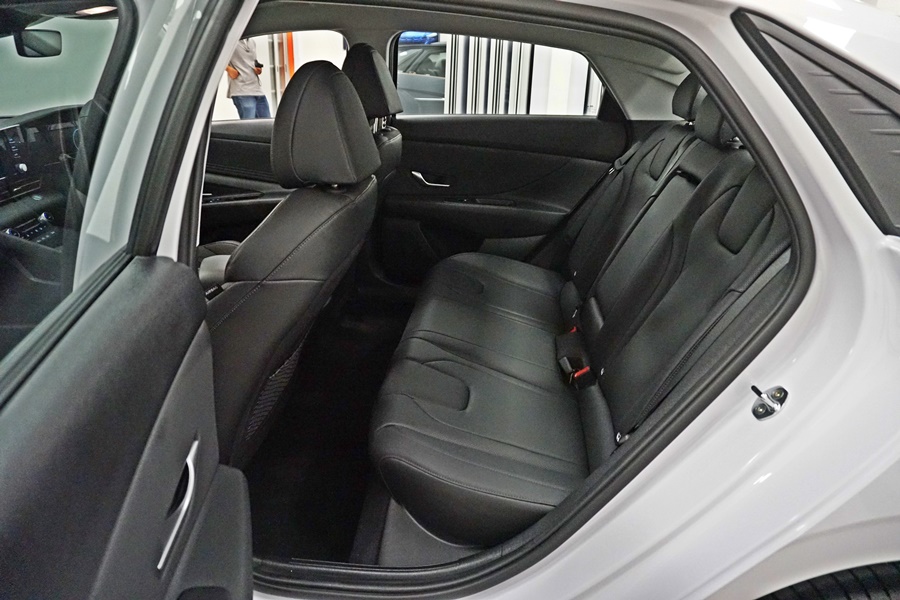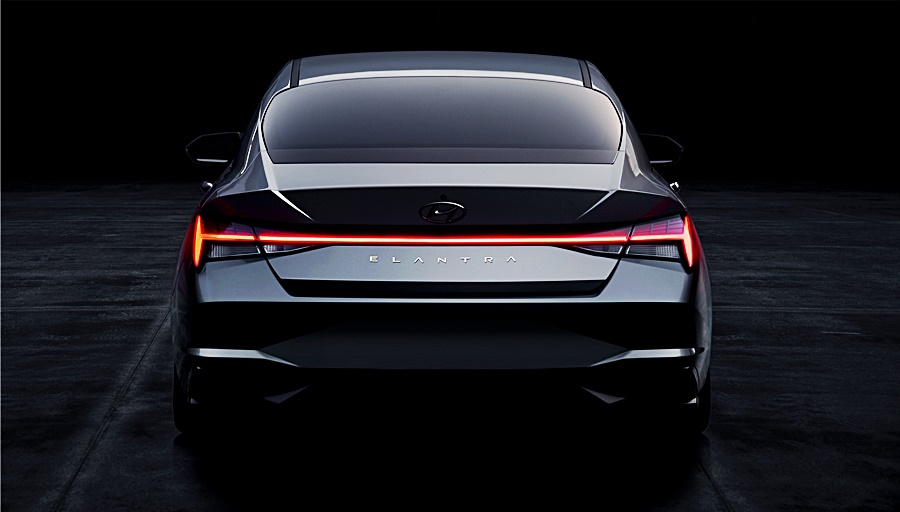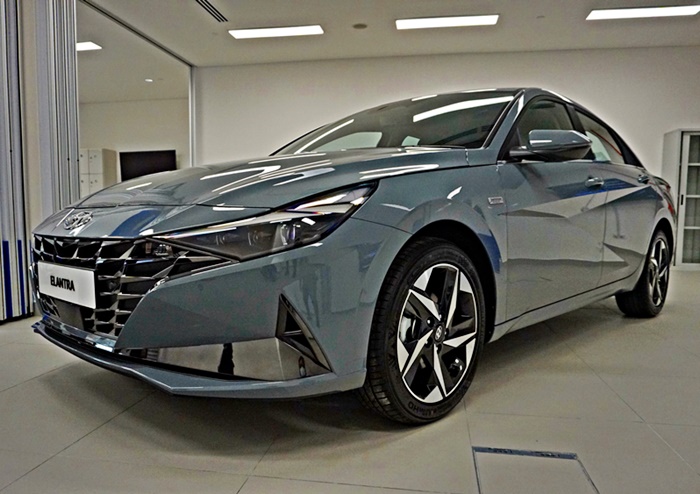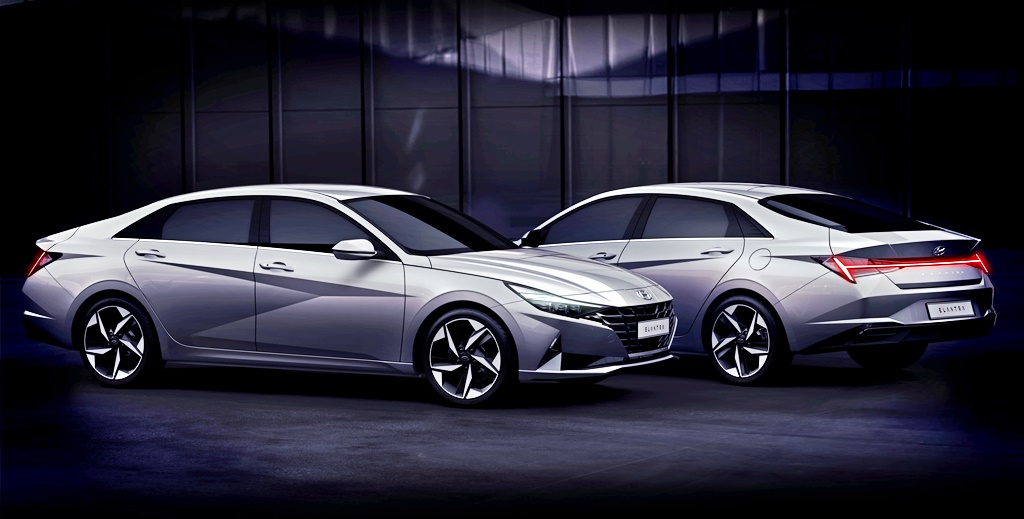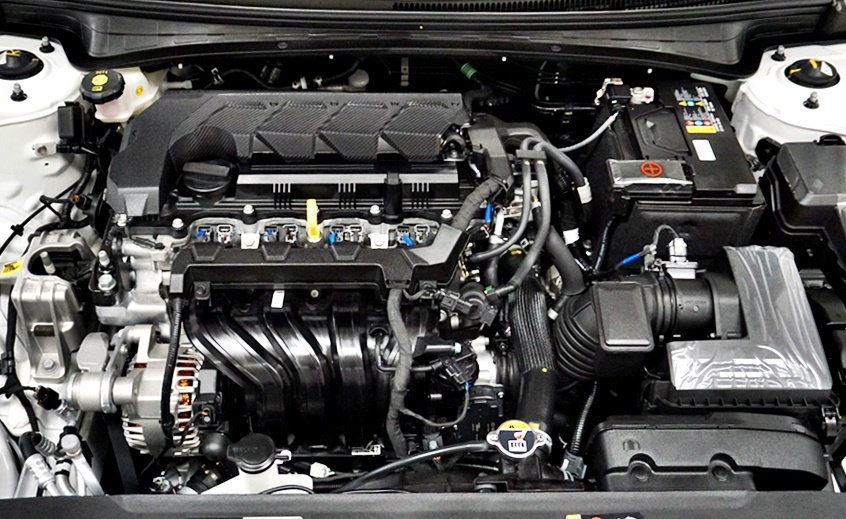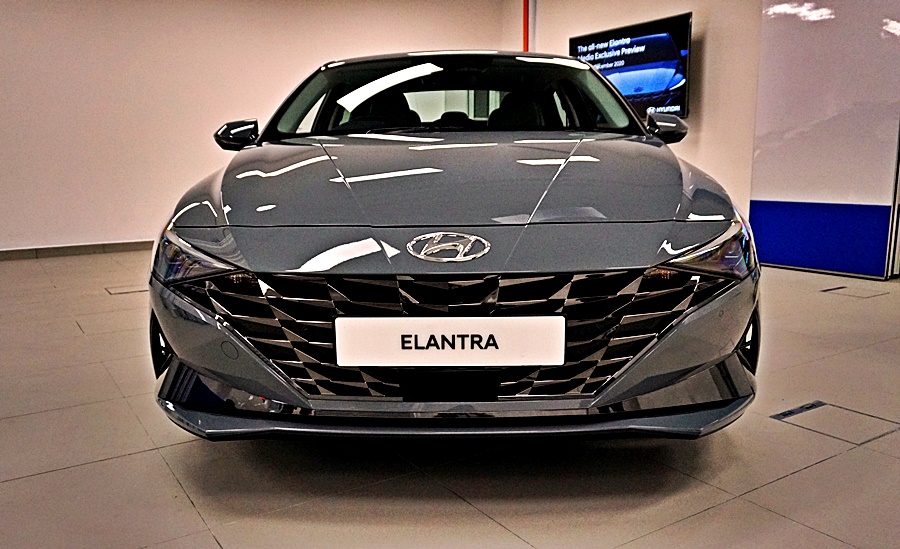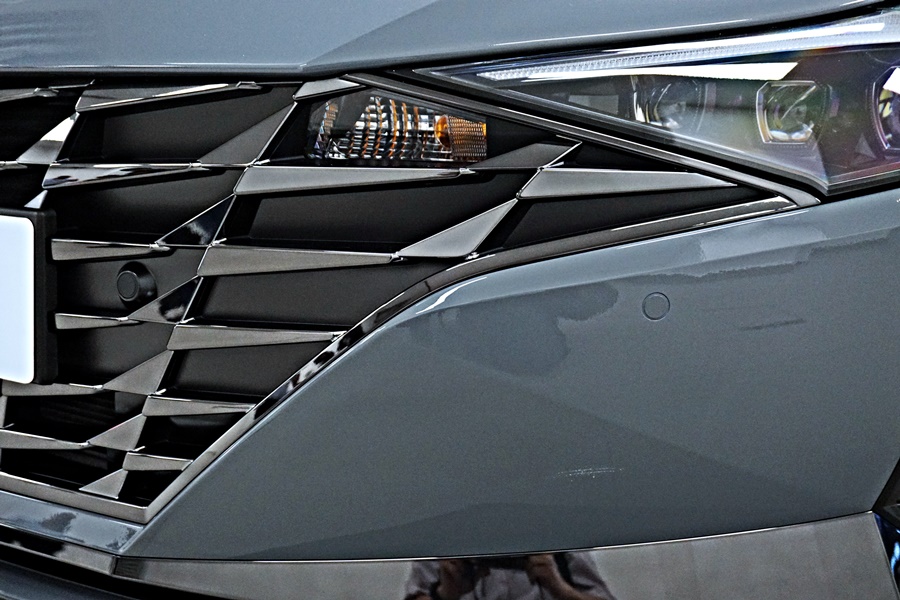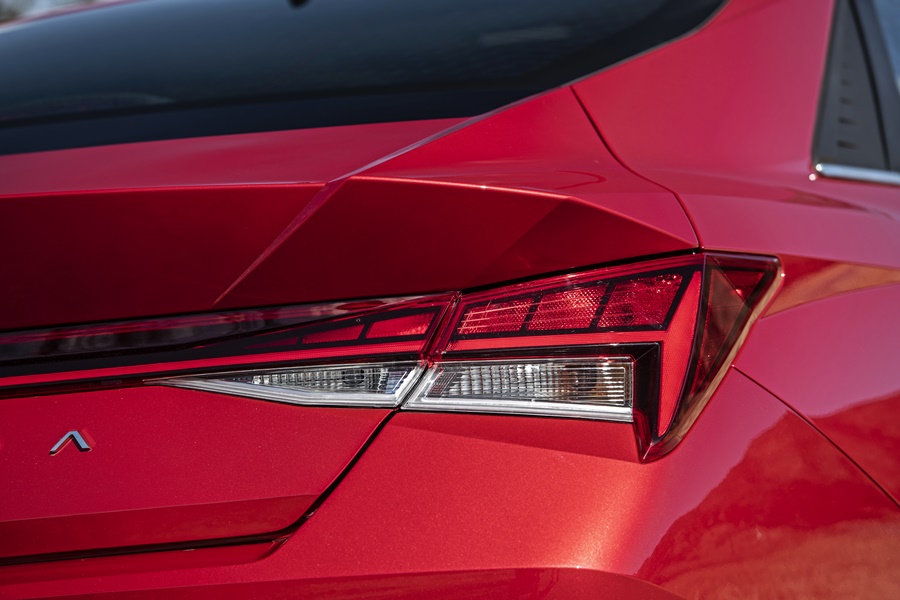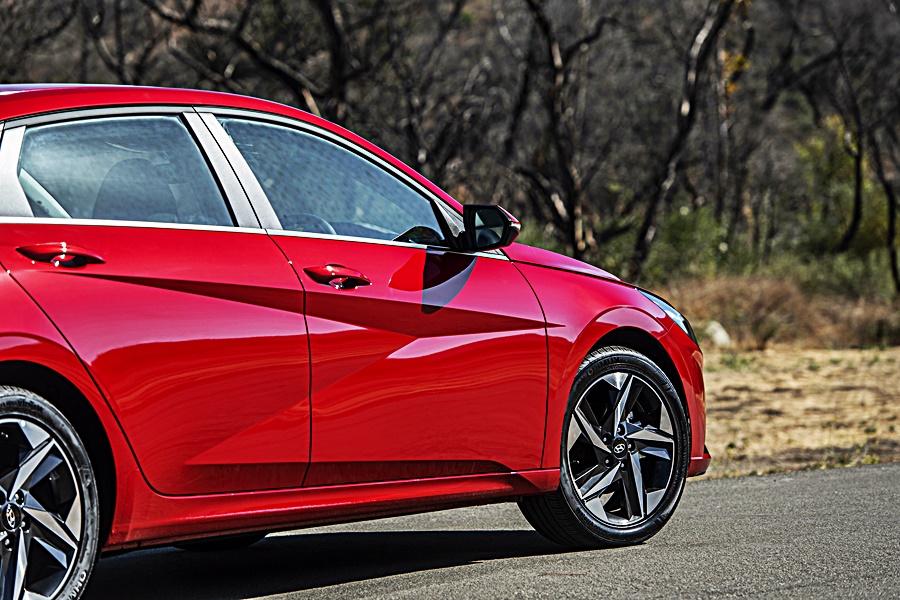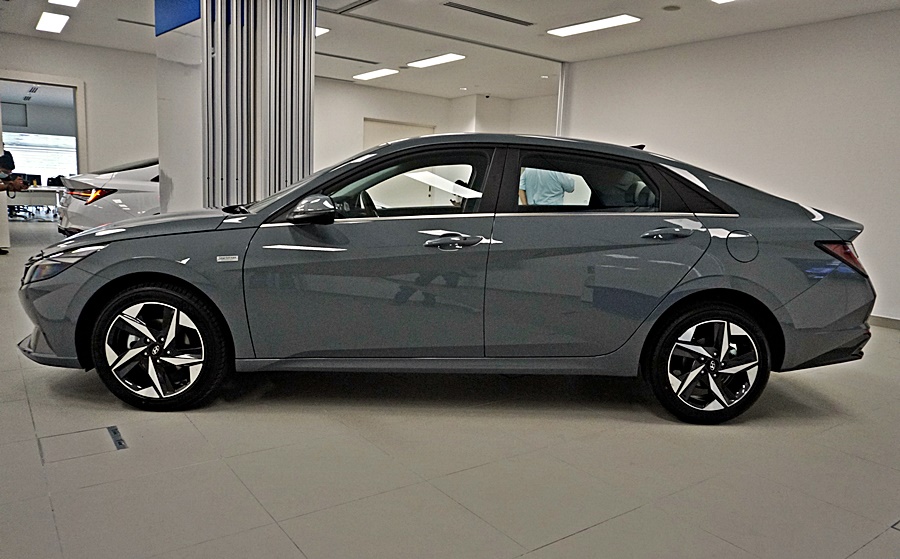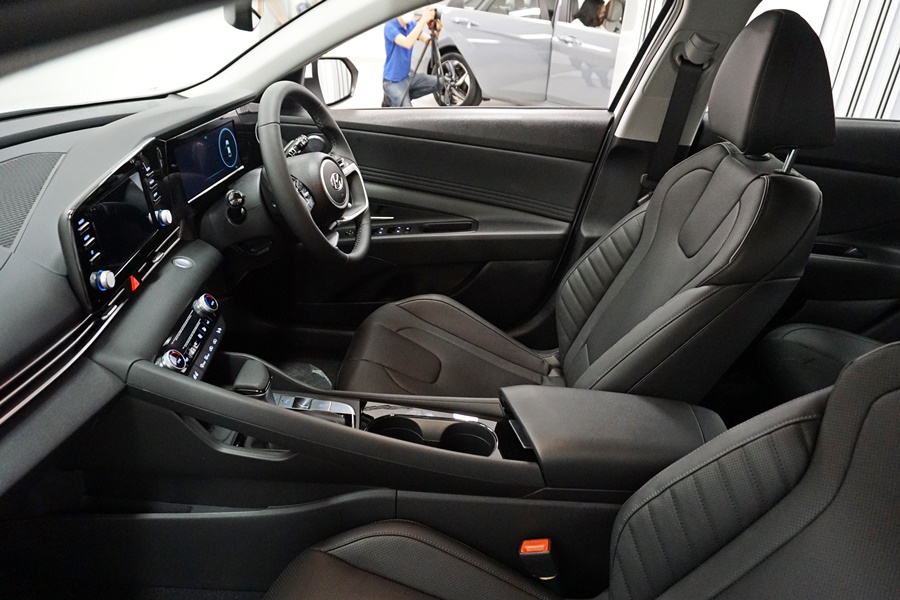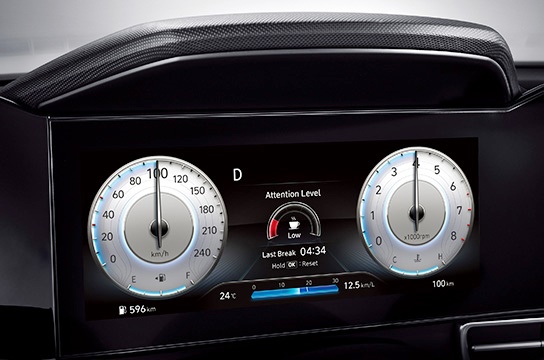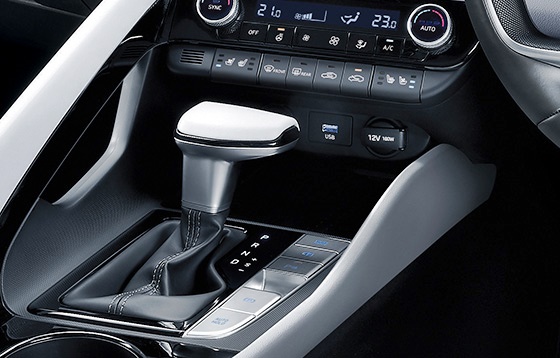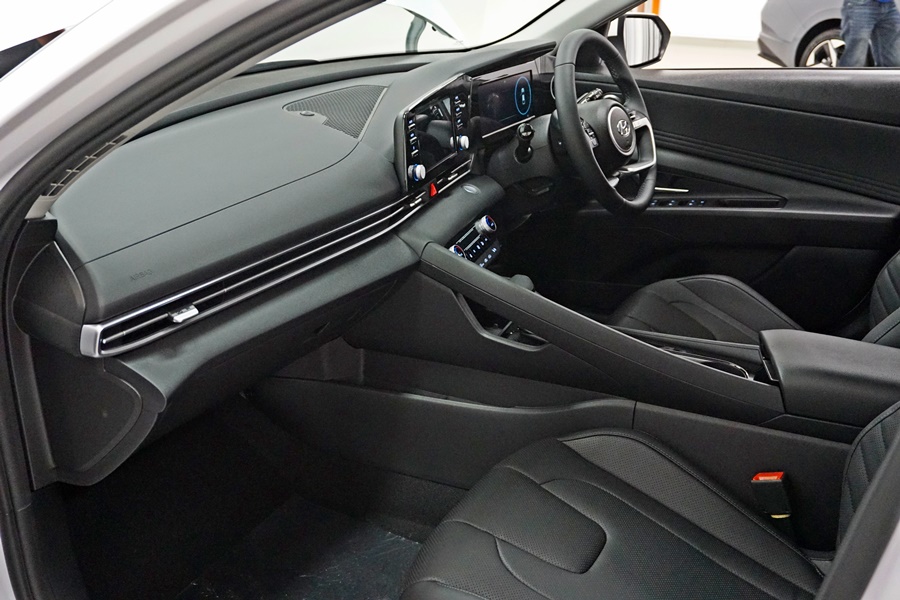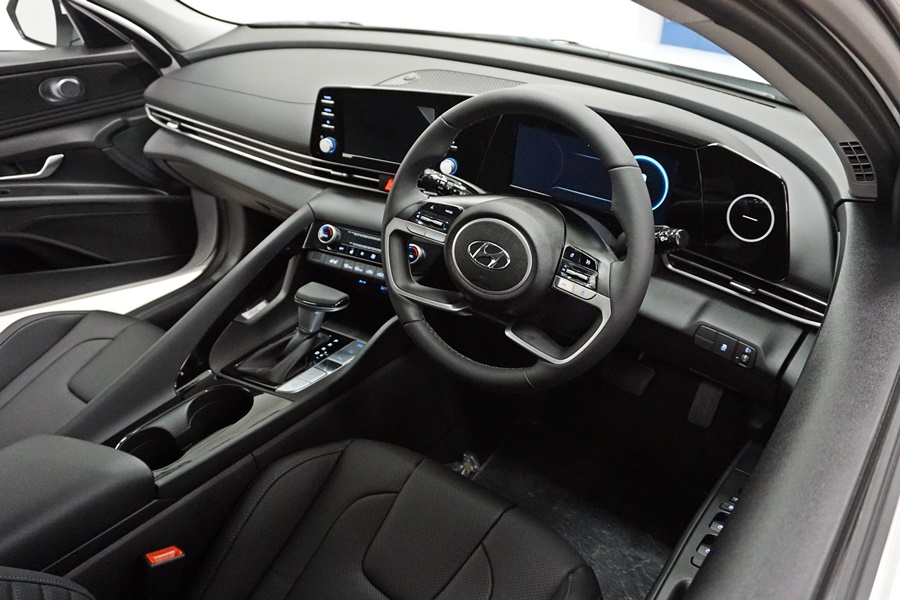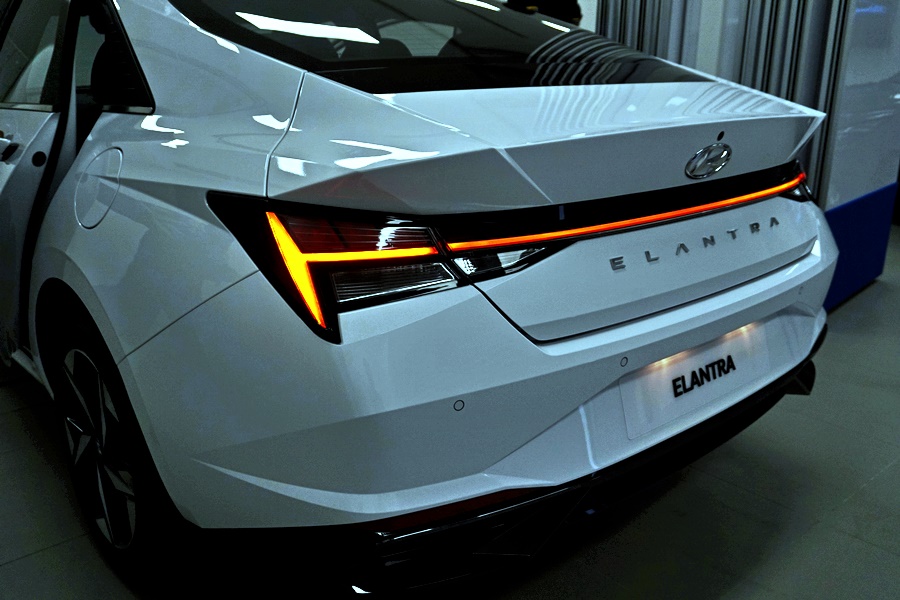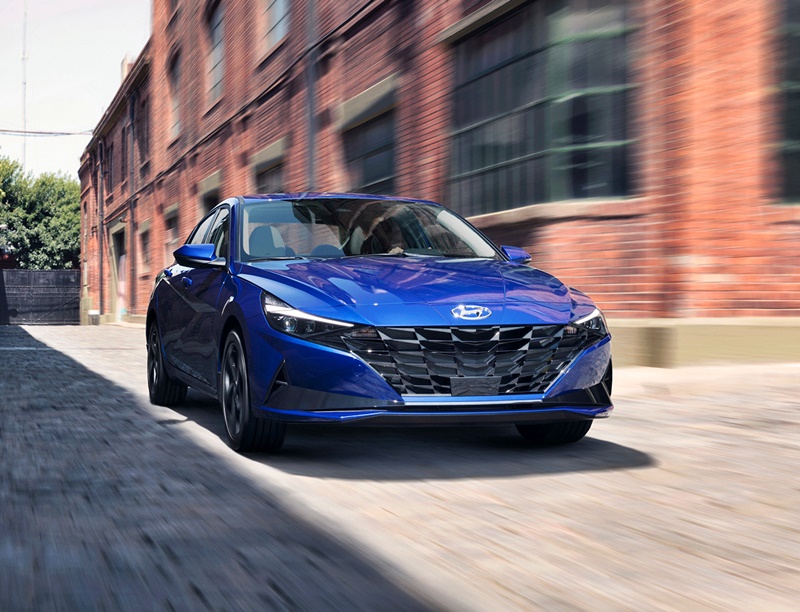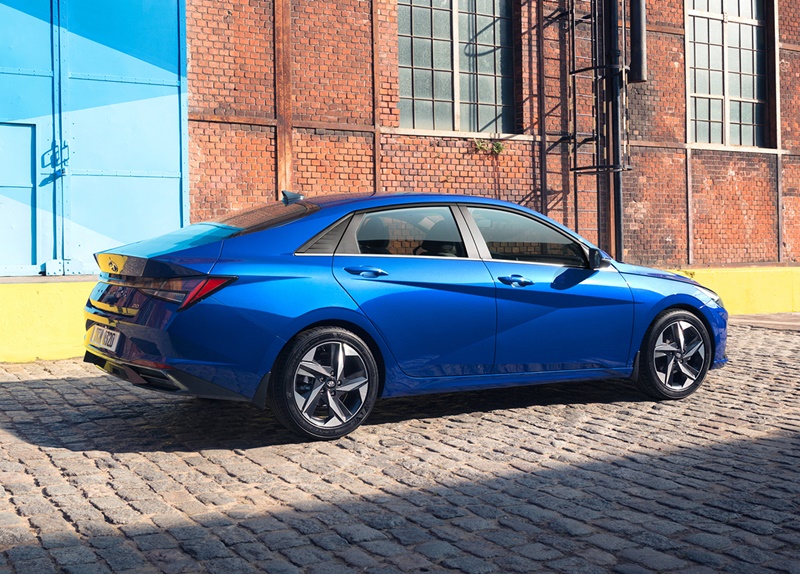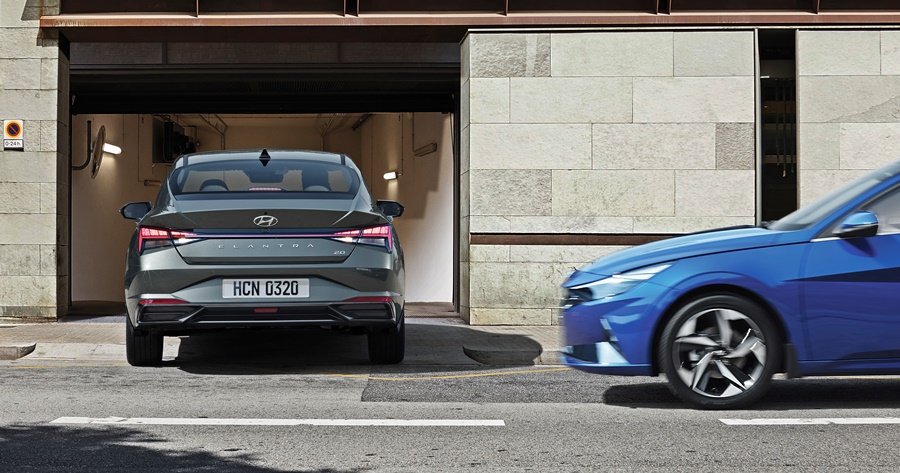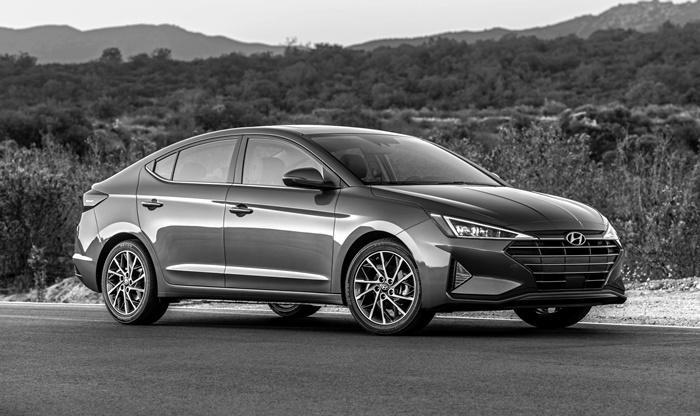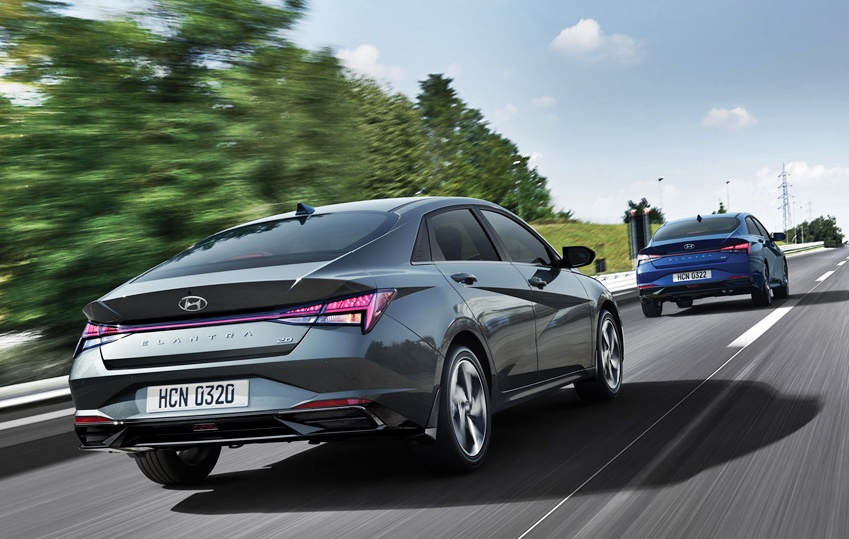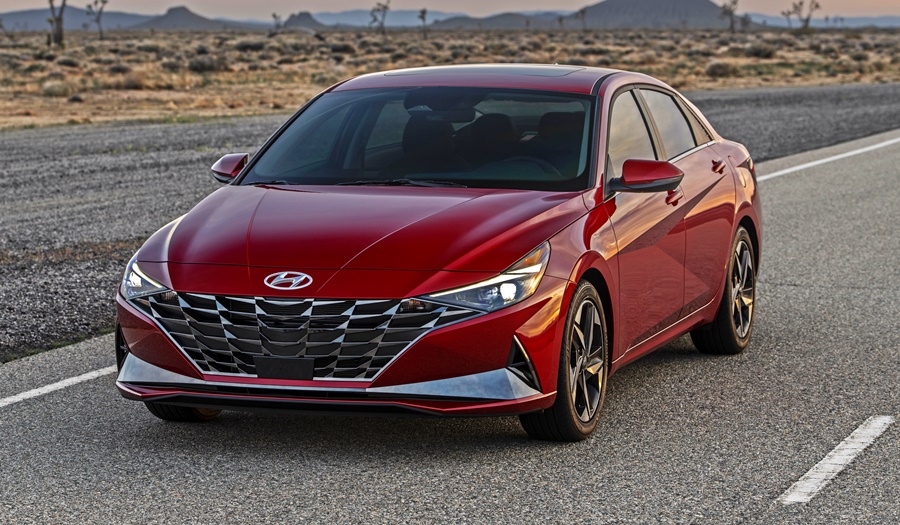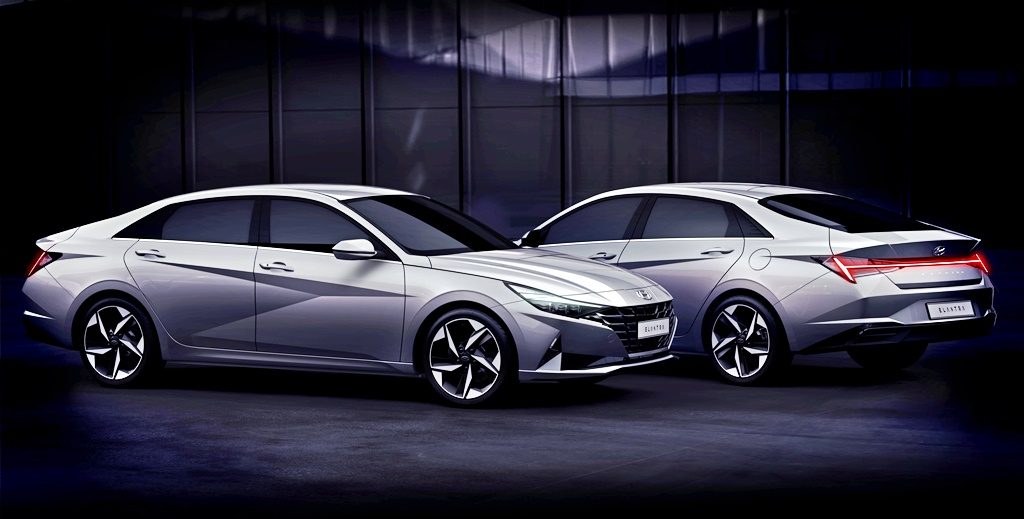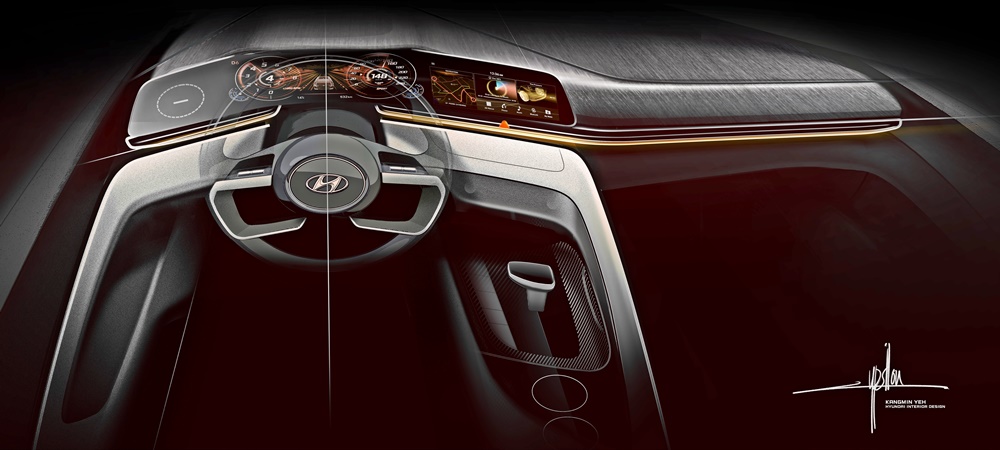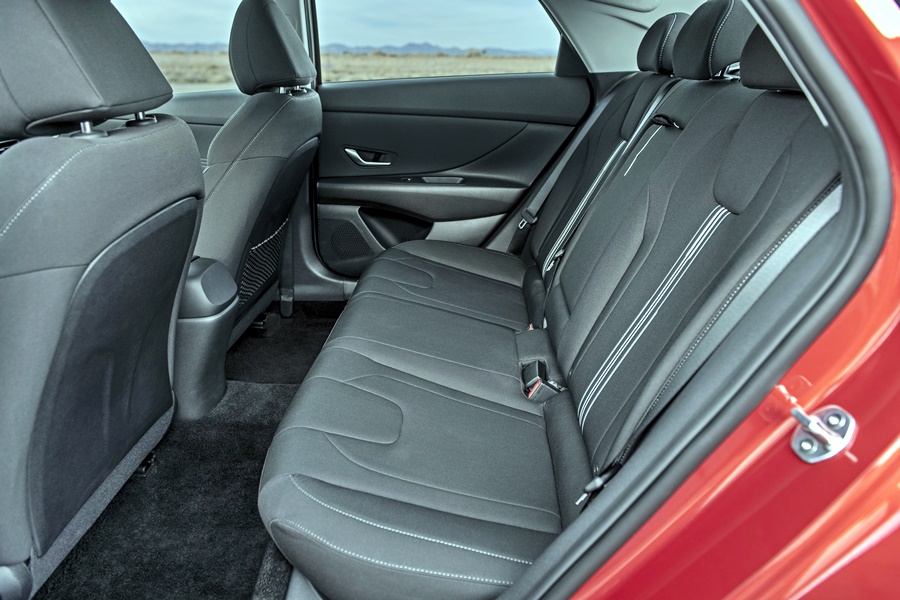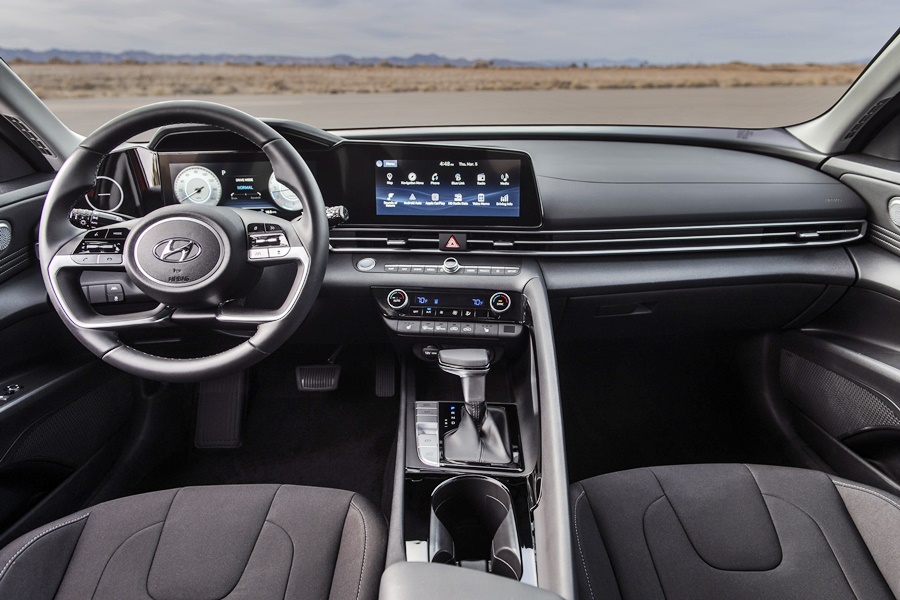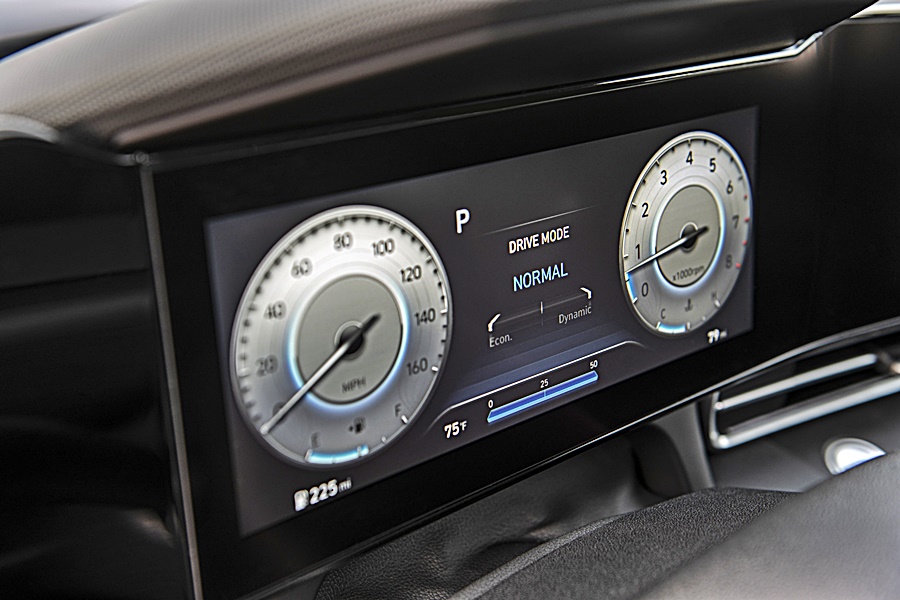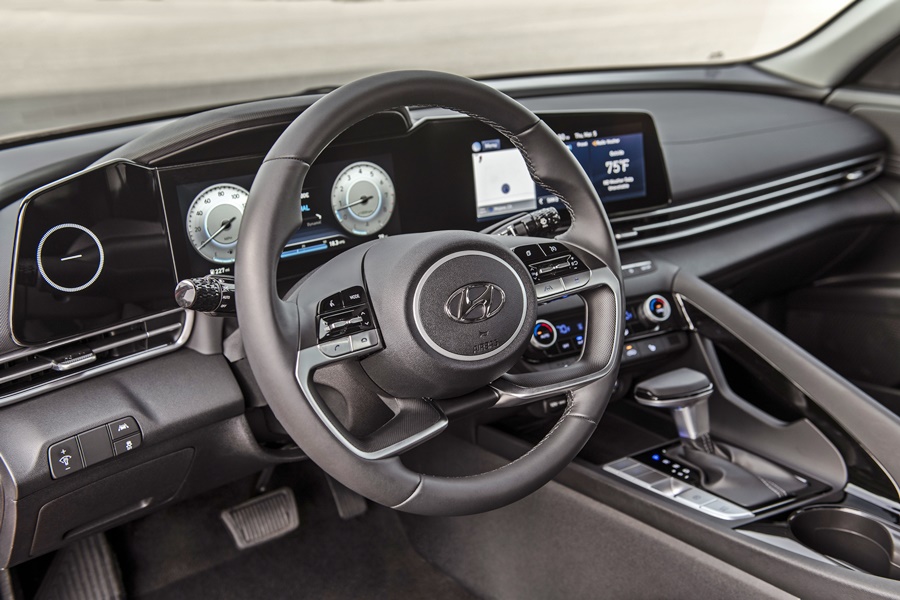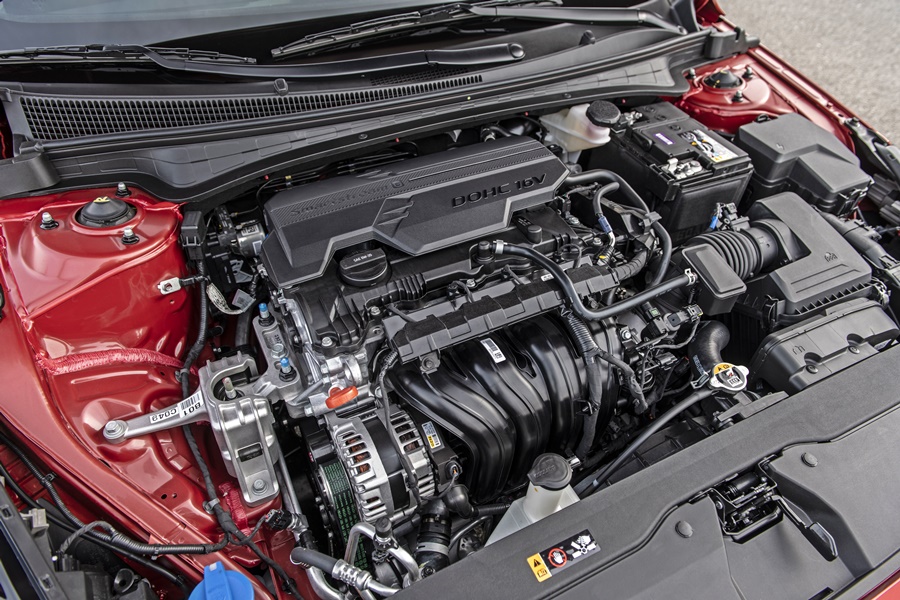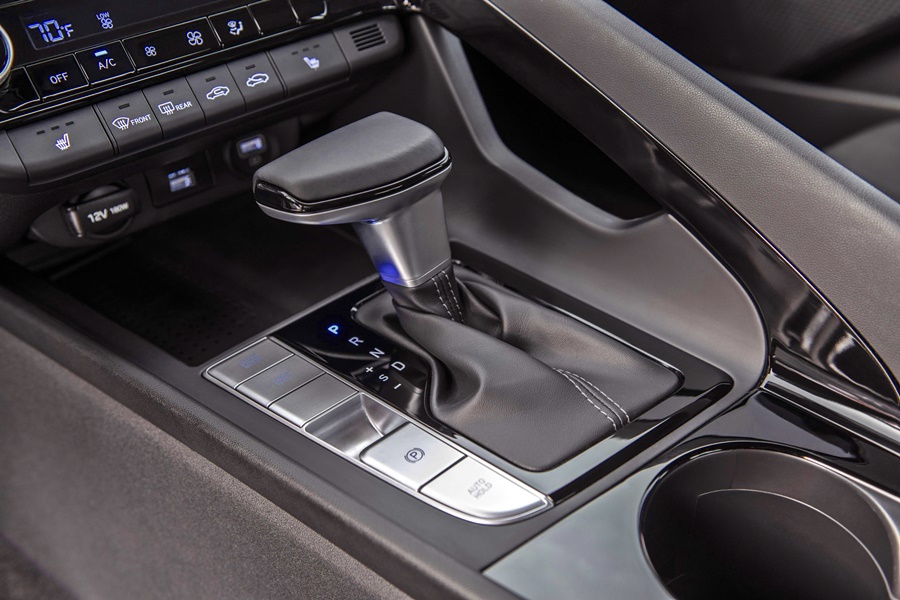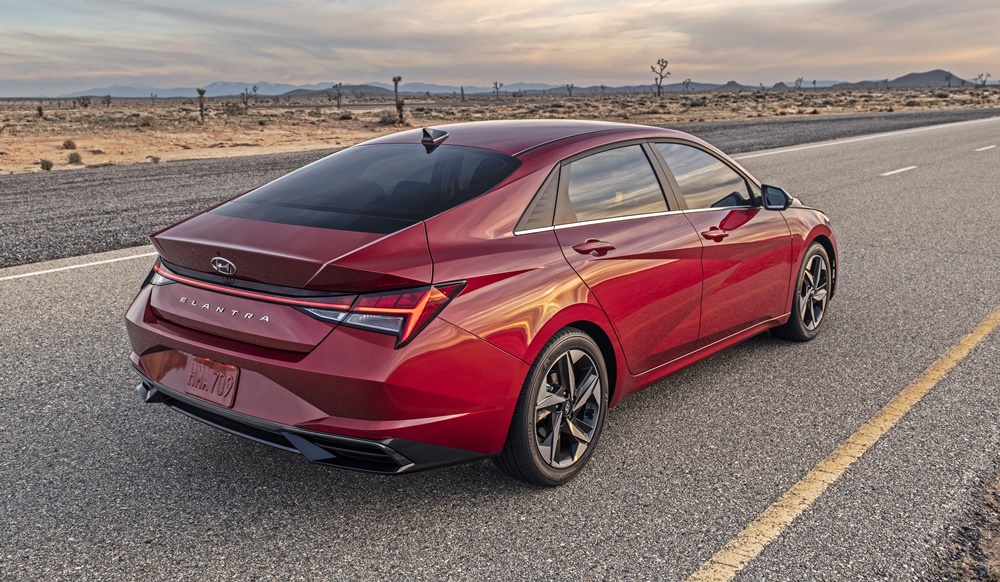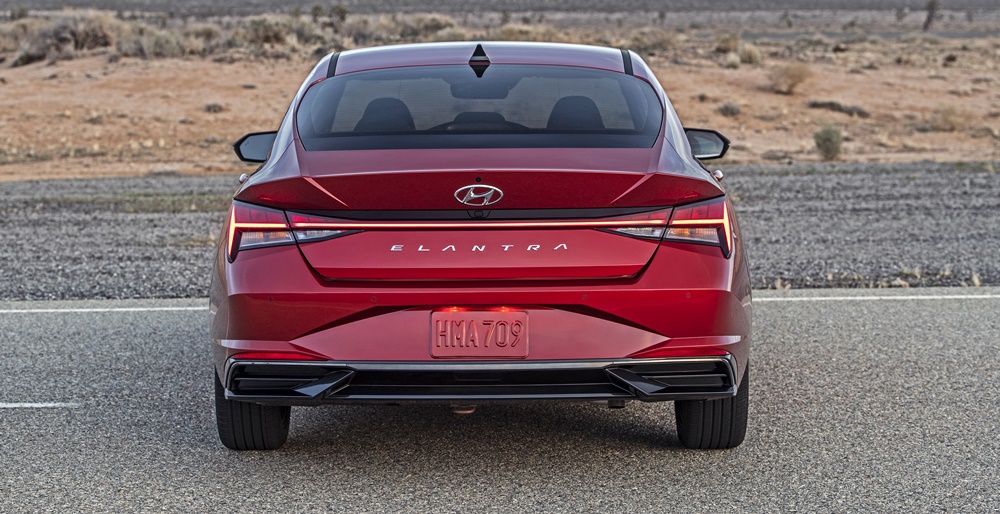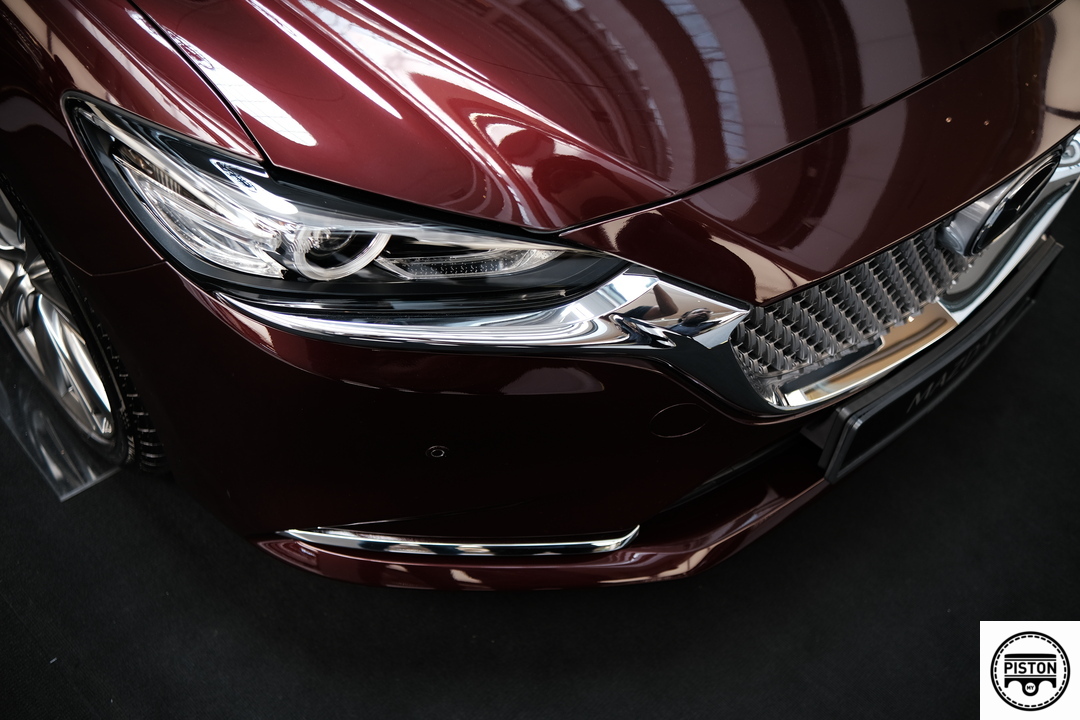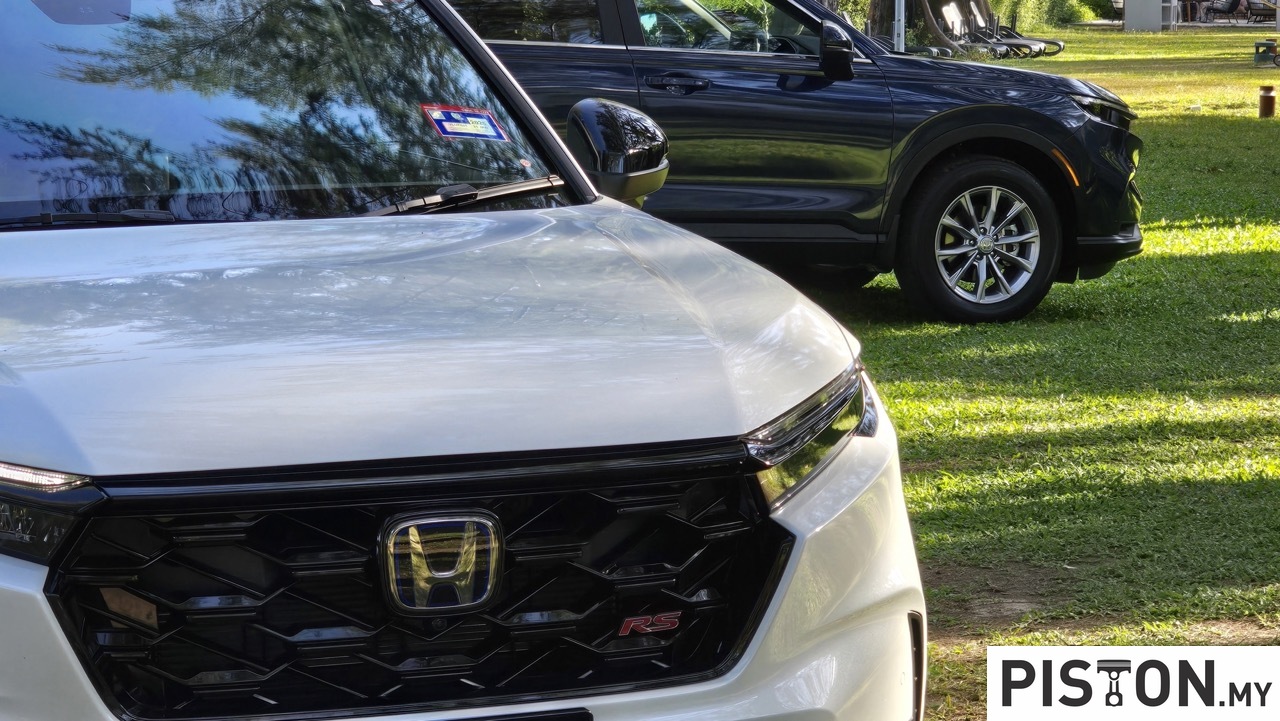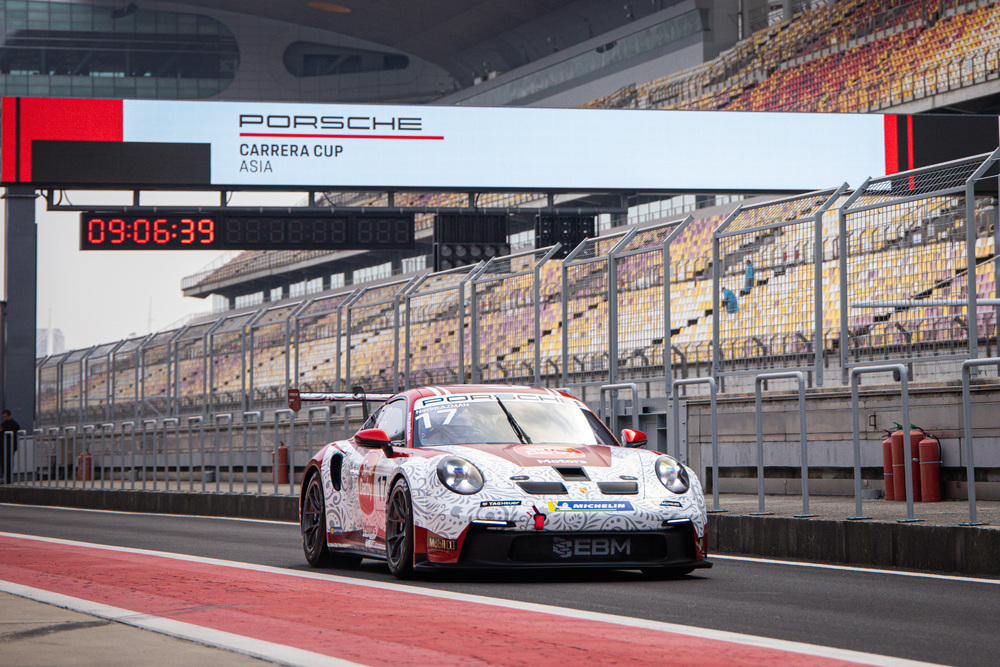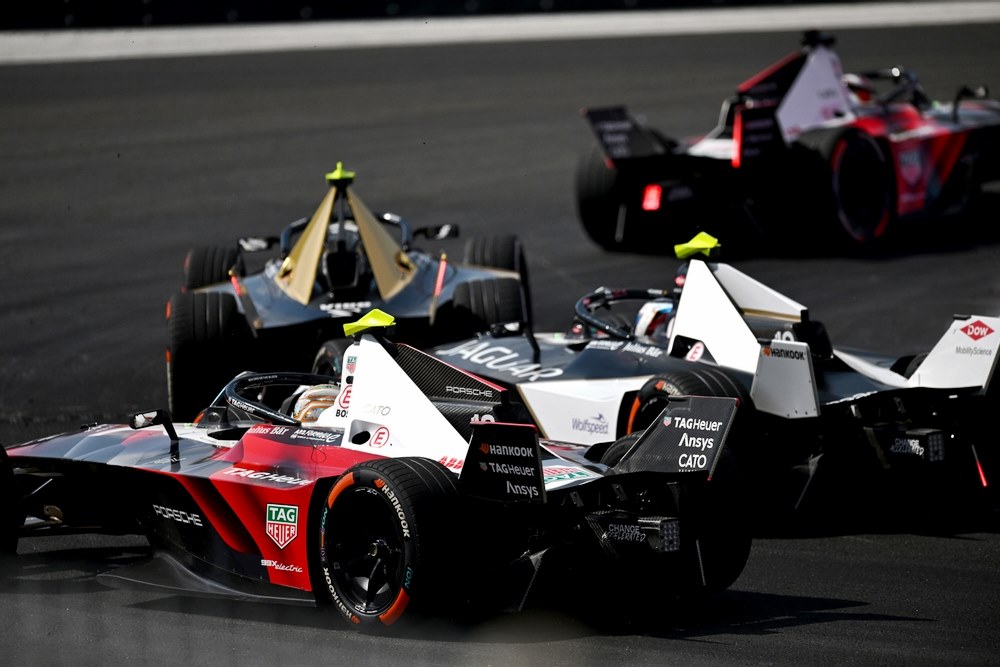It’s not often that a new model arrives in Malaysia less than a year after it has its global debut. Often, the manufacturer may start with a lefthand drive model, or give priority to important markets like the domestic market or the USA. In the case of the all-new Hyundai Elantra, it’s been just 9 months since the 7th generation of the model was introduced to the world from Hollywood – online. That’s the new normal for the auto industry, with a number of new models having their launches online due to restrictions in many countries.
But one of the reasons why Malaysia is able to get the new Elantra so quickly is that it is not assembled locally, unlike the generation before which was assembled at the Inokom factory in Kedah. This time round, Hyundai Sime Darby Motors (HSDM) decided to import CBU (completely built-up) from Korea and as the Elantra is one of the carmaker’s more successful global models, righthand drive variants are important enough to be available right from the start.
More models for this market
For some models, Hyundai has chosen not to develop RHD variants probably because of the smaller potential volumes than LHD. This has resulted in a ‘dry season’ for HSDM in the past few years but now it appears that things are picking up again, product-wise, with new models becoming available for this market.
We’ve already described the new Elantra last week and today, the only thing to report is the price which has been announced as RM158,888 (private registration in Peninsular Malaysia, excluding insurance and 5% sales tax exempted till December 31, 2020). There is only one variant available for now and the price is said to be an introductory one. The warranty is 5 years long, or a maximum of 300,000 kms, which would be good for those who are high-mileage drivers.
“The new Elantra is a game-changer, not just in its looks but the entire package that comes with it. Its sporty elegant look that comes with a high-tech premium interior and Hyundai’s Smartsense features make it an unbeatable C-segment car in its class,” said Low Yuan Lung, MD of Hyundai-Sime Darby Motors.
Return to the 1.6-litre size
The 7th generation Elantra comes with a powertrain from the Smartstream family and where the engine size was 2 litres before, it is now 1.6-litres, the same as when the Elantra first appeared in the 1990s. Back then, even with 16 valves, EFI and all that, the output was 114 ps with 139 Nm of torque. The Smartstream G1.6 MPi engine in today’s Elantra produces 123 ps and 154 Nm, thanks to many advances in engine technology that improve efficiency.
And where the driver of the 1992 Elantra had basically one engine ‘map’ for its tuning, the Smartstream engine has 4 different programs that the driver can choose, according to personal preference or driving conditions. For instance, acceleration can be prioritized by selecting the Sport mode while fuel consumption can be lower with the Eco mode. There’s also a Comfort mode for relaxed cruising and a Smart mode where the computer makes decisions based on driving style and conditions. Basically, it’s like having 4 different engines in the engine bay!
Better than a conventional CVT
The powertrain also has an advanced Intelligent Variable Transmission (IVT) developed by the Hyundai Motor Group. It’s better than a CVT while keeping the benefits of the CVT. It also eliminates the ‘rubber band feel’ of CVTs and reproduces the manual transmission’s shifting pattern to give better responsiveness.
Rather than having no set gear speed (as in CVTs), the driver can also take advantage of the virtual gear speeds generated by the IVT as needed, which do a great job in approximating the fun feel of the manual transmission.
The new Elantra rides on a new platform and its overall length has been increased while the roofline is marginally lower. Though seemingly minor, the small increases have enabled the designers to change the appearance of the car without encroaching on cabin space.
Unconventional design language
The coupe-like form is sportier and incorporates a design language called ‘Parametric Dynamics’. The language has elements not commonly used by car designers, so it gives the new Elantra a ‘disrupter-spirit’ image. With Parametric Dynamics, there is an intricate design of geometric crystals cut and divided body surfaces with the clever usage of line patterns.
Aircraft cockpit theme
The interior has been designed with an aircraft cockpit for the driver’s area. A large interface consisting of two connected expansive touchscreen displays will give that sort of feel. While there is no Head Up Display (HUD) like a fighter jet, the TFT LCD Supervision cluster provides a lot of information about the car’s operation, including the air pressure in each tyre. The meter display is available in three different presentations, each giving more emphasis on certain information.
The 8-inch infotainment system displays a wide variety of useful information and has Android Auto/Apple CarPlay connectivity as well as multi-connection Bluetooth support which allows for two devices to be paired at the same time (one for phone calls and one for streaming audio).
Hyundai SmartSense
The Elantra is also very well equipped with safety systems and features, with a number of them integrated in the SmartSense suite. These are driver-assistance systems such as forward collision/autonomous emergency braking, Blind-Spot Collision Avoidance Assist with Rear Cross-Traffic Collision-Avoidance Assist, Smart Cruise Control, Lane Keep Assist and Lane Following Assist and even Leading Vehicle Departure Alert.
The sensors for the Blind Spot monitor are also used for the Safe Exit Warning whereby the occupant can receive a warning when opening the door if there is a vehicle approaching on the side. There is also a monitor on the driver’s actions and the Driver will be alerted if found to be driving in an unsafe way.
Click here for other news and articles about Hyundai.


